Lots of people have distorted ideas about the life of professional golfers. Many think it is one big party where a person has a chance to do what he/she likes and earn good money. David Carter had a fifteen-year first-hand experience on the most prestigious European Tour, so he knows better.
“Imagine that you have to keep playing because you need to earn money to pay a mortgage and other bills. To get the money, you have to fight for every cut. It’s a lot of pressure, and not easy,” he says.
He himself admits that it used to be different on the tour in his day: “At that time we started in March and ended in late October. We had five restful months off. Today, players must travel much more; they go to Australia, South Africa and China. Firstly, it’s quite dear; secondly, it puts greater demands on the physique. A lot of pros are struggling with injuries that interfere with their schedules and are also reflected in their earnings.”
The answers of Carter’s young trainees to the question regarding the reasons for becoming professionals – they want to live their dream and make money – make Carter smile. “Much more important is whether they like the game, if they enjoy travelling and if they’re fine with everything that is associated with present-day golf.”
Uncertainty in the first place
What is it that is connected with life on tour? Above all, uncertainty. In hockey or football, professionals sign a contract, which guarantees a salary regardless of performance or injury. However, nothing like this applies in golf. If a player is injured and cannot play, it is the player’s bad luck. He/she gets nothing. It is the same in the case that his/her fitness disappears. A counterargument, however, is that they often conclude generous contracts with sponsors.
“If you have a company name on your bag or cap, you’ll be paid a lot. But the generous sponsorship contracts are only for a maximum of one hundred players placed top in the world ranking. What’s more, they often depend on bonuses for results, and payments are often reduced in case of injury,” says David Carter and adds: “And you can believe me when I say that life on the European and PGA Tour is definitely not the cheapest.”
You have to pay for everything – hotels, flights, meals, family members’ visits. And have we mentioned caddies yet? “The average caddy receives about € 1,000 a week from his player, even if the player doesn’t make the cut. If the player makes the cut, the caddy typically gets about 5 to 10 per cent of total earnings depending on the placement of the player,” describes the English professional. When you calculate it, then, a season among Europe’s golfing elite can cost you even two hundred thousand euros. This is a package that is, in the best case, paid by players every year from their sponsorship money, in the worst case, from their own pocket.
The money will eventually come
But it is not so bad. “The money will eventually come,” says David Carter with a smile on his face. He himself earned almost three million euros on the European Tour. This Europe’s elite golfer won the World Cup, the Irish Open, the Indian Open, plus four second and two third places and another fifteen in the top ten.
“Only one way leads to money – to play a lot of golf and play it well,” adds Carter.
Photo: source Twitter @RickieFowlerPGA

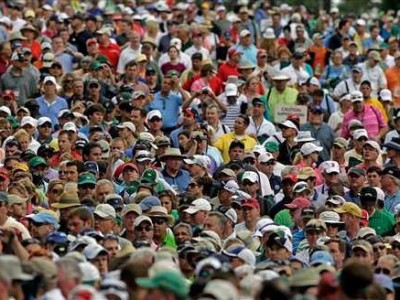

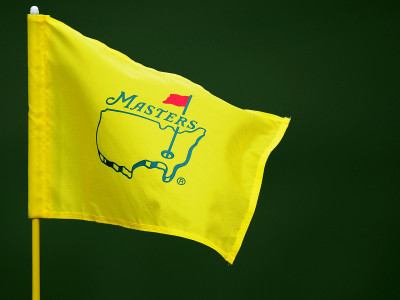
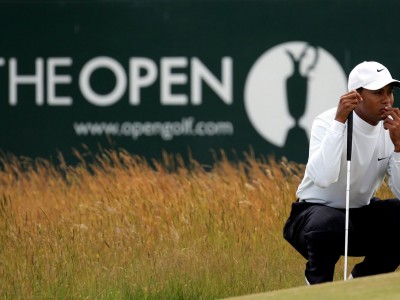



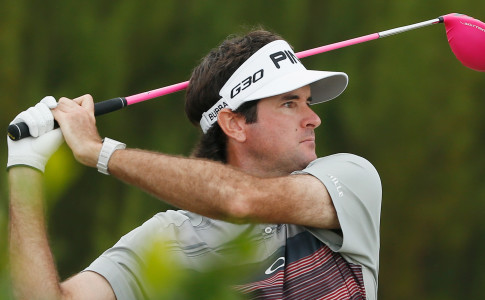
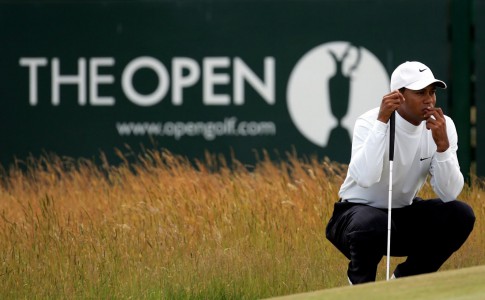
No comments